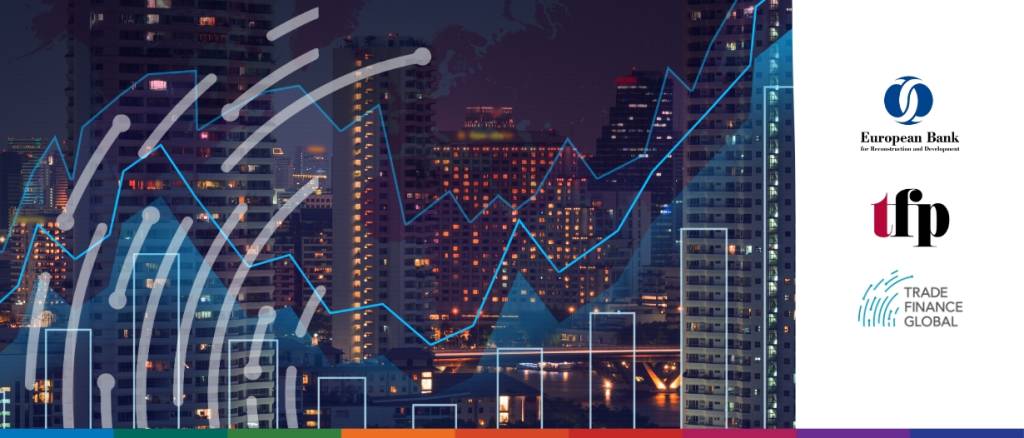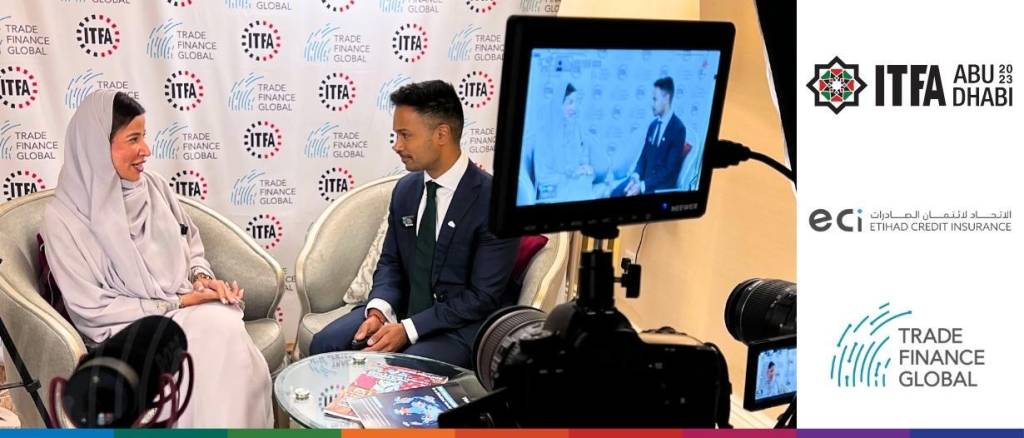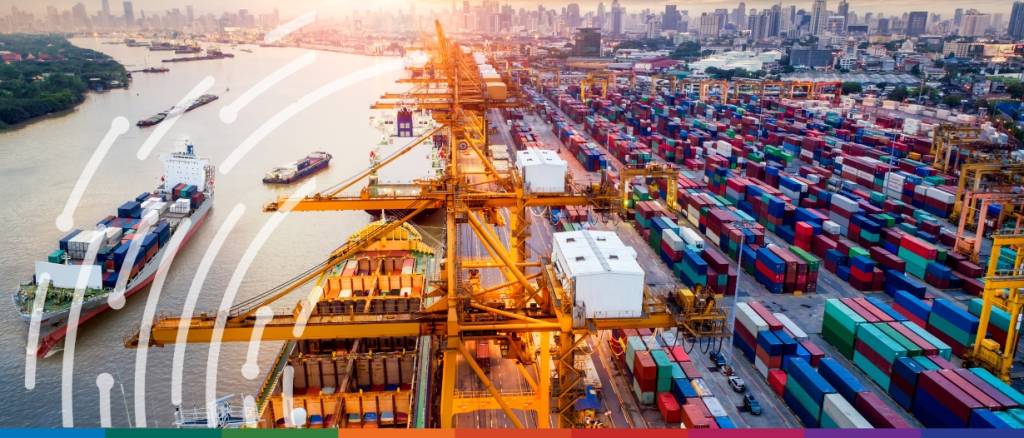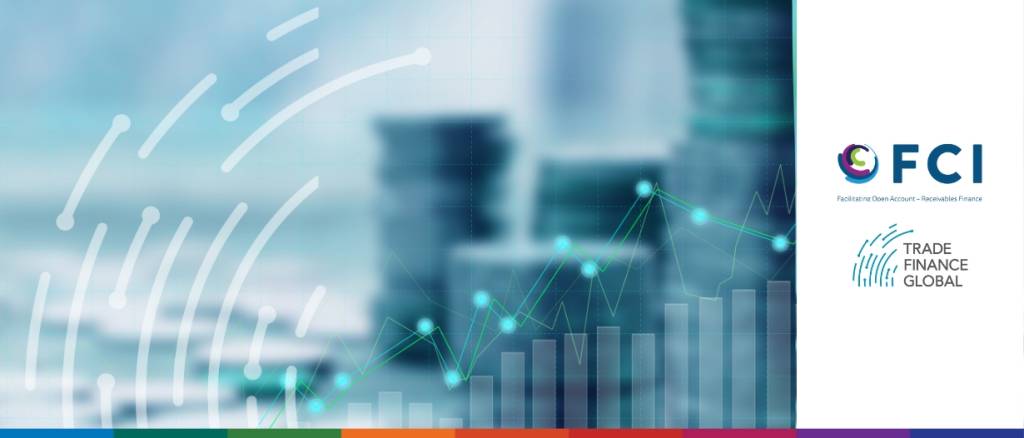The European Council has adopted a new regulation to establish a European green bond standard. This regulation sets standardised criteria for bond issuers who want to label their bonds as… read more →
Deepesh Patel spoke with Robert Besseling, CEO at Pangea-Risk to explore the current landscape of the Middle East region, shedding light on the opportunities, challenges, and evolving economic prospects in the face of the ongoing events.
The OPEC Fund for International Development (OPEC Fund), is extending a loan of $50 million to ACWA Power. This financial support is aimed at bolstering the 240 MW Khizi-Absheron wind… read more →
In this episode of Trade Finance Talks, TFG’s Deepesh Patel was joined by Karin Oszuszky, Senior Investment Manager for Business Development at the OPEC Fund for International Development, during the European Bank for Reconstruction and Development’s (EBRD) Trade Facilitation Annual Conference in Vienna to discuss the OPEC Fund’s work in light of the latest trends and developments in trade finance and facilitation.
In this episode of Trade Finance Talks, TFG’s Deepesh Patel sat down with Raja Al Mazrouei, CEO of Etihad Credit Insurance, to discover how ECI is not only encouraging UAE businesses to tap into emerging regional and international markets but also enabling them to scale new heights and achieve sustainable growth.
According to a recent statement from the U.S. Energy Information Administration (EIA), global energy consumption is predicted to surge through 2050, potentially exceeding progress in energy efficiency. This spike can… read more →
Five industry associations have backed an electronic bill of lading (eBL) by declaring they will secure a commitment from stakeholders to collaborate on driving digitalisation. DCSA, BIMCO, the International Federation… read more →
Africa has been a gateway for trade for centuries, yet the development of modern financial instruments like receivables finance has lagged. Receivables finance is not just a financial instrument. It’s a lifeline for businesses, especially in the ever-evolving landscape of African trade.
How could a common platform fluidify and modernise credit insurance operations and provide greater value to the industry?
A RepRisk report released on Tuesday revealed a 70% increase in greenwashing incidents by banks and financial services companies globally over the past 12 months, compared to the previous year.… read more →
























